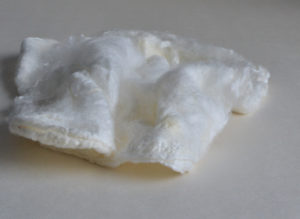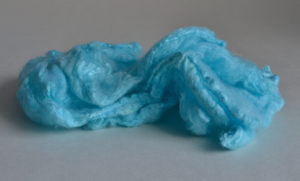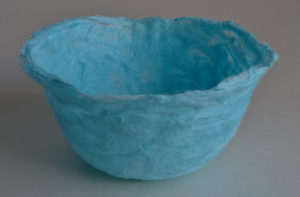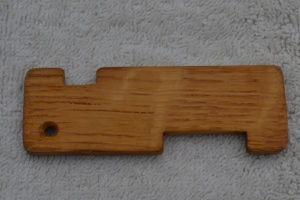Jess Johnson, Arts and Heritage Outreach Manager, gave an informative talk to us about the Diss Heritage Triangle and the Corn Hall Project. This is a £3.2m investment programme (with £1.65m from Heritage Lottery Funding) in the heart of Diss. It is in fact 5 projects and the physical aspects of this relating to the Corn Hall are due to be completed very soon (in Spring 2016). Our exhibition in the Corn Hall will be our first (public) involvement with the project. It was fascinating to hear about the research that had been carried out since the start of the project and which has built on previous work done by the Diss Museum and its members into the textile industry of Diss. Many of us were particularly interested in what is being discovered about the Linen industry for which Diss was such a large and important centre.
It was also good to hear about the computer simulation of change in the town over the centuries, the previous (textile related) uses of buildings in the Textile Triangle, and the exciting new facilities being completed in the Corn Hall.
We could have listened for much longer and, as a Guild, we will be involved in some of the further research. It is all very exciting for us and for Diss. Many Thanks to Jess for a brilliant start to the programme for 2017.








